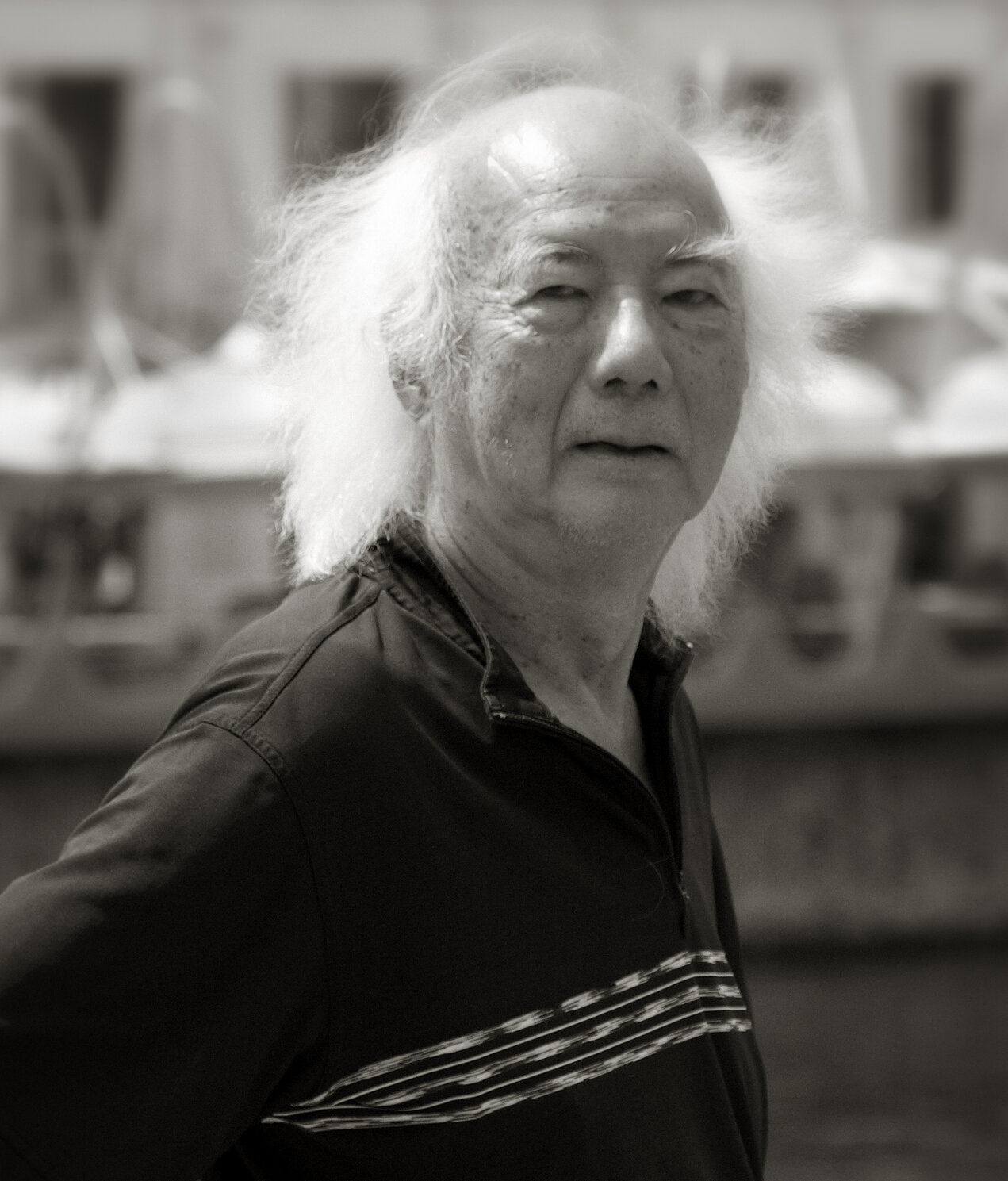Docomomo’s statement on the Passing of William S. W. Lim
Photo courtesy of William Lim.
Docomomo Singapore chapter is deeply saddened by the passing of pioneer architect and urbanist, leading cultural critic and strong advocate for heritage conservation William S. W. Lim (1932-2023).
Lim was one of the most important architects in post-independent Singapore. He was the co-founder of Malayan Architects Co-Partnership and Design Partnership, the firms behind modernist icons such as Singapore Conference Hall and Trade Union House (1965), People’s Park Complex (1972) and Golden Mile Complex (1974). Lim also founded William Lim Associates in 1982, the firm behind some of the most important postmodernist architecture in Singapore like Unit 8 (1984), Tampines North Community Centre (1989), Reuter’s House (1990), and Marine Parade Community Club (2000-2022). In short, Lim’s works could be seen as constituting a microcosm of Singapore’s architectural history in the second half of the twentieth century that covers modernism, postmodernism and regionalism. Lim was rightly recognised for his contributions to architecture with the Singapore Institute of Architects’ Gold Medal in 2017. His contributions, however, went beyond the buildings he helped to plan, design and realise.
Lim also mentored many younger architects who later became the leading designers of this country. Notable among them are Mok Wei Wei and Richard Ho, both winners of the prestigious PDA’s Designer of the Year and supporters of Docomomo Singapore. Many other architects in Singapore have spent time cutting their teeth at one of Lim’s firms from the 1960s to the 2000s as the chart “Genealogy of architectural practices in Singapore” drawn by Fung John Chye in 2005 clearly illustrates.
He was not only a great mentor; Lim was also in the words of Tay Kheng Soon “the great convener”. Lim was amazing at getting people together to do things, including some great things. He was a member of many key non-governmental organisations, both architectural and non-architectural, including Singapore Planning and Urban Research Group (1960s to early 1970s), Singapore Heritage Society (founding member and first President 1987-1997), AA Asia (c. 1990s to 2010s). Lim had also written, co-written, edited and co-edited many books through the decades, often in collaboration with colleagues local and international, young and old. Just as no Singapore-based architect has as diverse an oeuvre as Lim, no local architect or architectural researcher has written as much as him.
Lim was an early advocate for heritage conservation. He was a key member of the team led by local playwright, novelist, poet and doctor Dr Goh Poh Seng that put together the visionary proposal Bu Ye Tian for the conservation and adaptive reuse of two rows of shophouses at Boat Quay in 1983. Bu Ye Tian was instrumental in changing the public and the government’s perception of shophouses, turning them from slums to be demolished into heritage to be conserved.
For Lim, there was no contradiction between the need to preserve our past and the urge to create something new for the future. In fact, he had always advocated for an architecture and urbanism that is diverse, inclusive and humane to the extent of urging us to tolerate the marginal and even the seemingly chaotic and irrational.
The passing of Lim is a sad day for Singapore’s architectural fraternity, heritage community and the society at large. We have lost a major architect, thinker and advocate. While mourning this irreplaceable loss, Docomomo Singapore seeks to keep his spirit alive by continuing his work in heritage conservation.
We would also like to take this opportunity to express our deepest condolences to Mrs Lena Lim and her family.
Read more about William Lim’s work in our people and organisation section.


